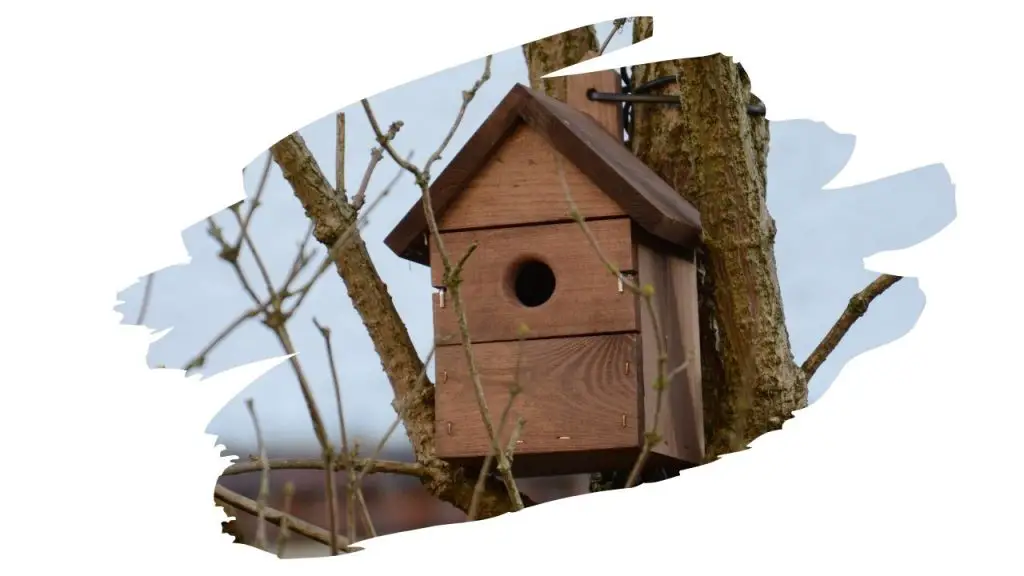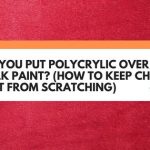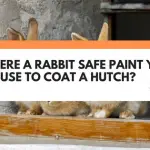Making a simple DIY bird feeder is a great way to combine your love of woodworking with your love of nature.
Those wooden little boxes will help you provide a nutritious supply of food for our feathered friends – all year long.
Now, making a wooden bird feeder is all well and good. But, what if you want to go a step further and want to add a bit of color to it?
In which case you will need to use a type of paint that can do 3 things at once;
- Looks good on wood.
- Has good durability.
- And, (most importantly), is completely bird safe.
Okay, so lets start off with an answer to the most important question; what is the best bird safe paint for wood?
If you want a bird safe paint that you can apply to wood, then opt for non-toxic eco-friendly paints. This type of water-based paint is 100% VOC-free so they won’t release harmful fumes.
What’s more, these paints are completely odourless and have no petrochemicals in them. This is very important, because any paint releasing VOC fumes can be very harmful to birds.
What Are VOC’s? VOC stands for Volatile Organic Compounds. And it refers to those harmful vapours released from solvents such as paint, varnish, and stains.
But is a eco-friendly paint really your only option? Or can you simply wait for paint to dry? Surely once regular paint dries, those VOC fumes won’t be a problem anymore. Right?
Well, lets get into that and more below.

This post may contain affiliate links to products that we receive a commission for (at no additional cost to you). Learn more here.
What Kind Of Paint Is Non-Toxic To Birds?
Any paint that does not release fumes should be your first choice. Which means that you will need to be on the look out for a 100% VOC free paint.
Now, paints made from all natural ingredients (such as tree resin and essential oils) fit this requirement. However, those natural ingredients often encourage the growth of mold on wood.
Related Post: Moldy Wood In A Terrarium? (What You Need To Know)
So on one hand, a natural ingredient paint won’t harm your birds, but it won’t help protect wood either.
Instead, you need something in-between. In other words, you will still need to use a paint made from man-made chemicals. However, those chemicals should give off zero fumes and have no harmful side effects.
In which case, a great paint option would be Little Knights 100% VOC-free paint. It’s a durable paint that is also completely odourless and free of any harmful solvents.
You can learn more about Little Knights paint over on their website by clicking here.
Are Paint Fumes Harmful For Birds?
Yes. Actually, you could go one step further and say that – for birds – the most harmful thing about typical paint are those VOC fumes.
You see, a coat of fresh paint will let off lethal levels of VOC’s into the air. You can smell them straight away as soon as you start painting.
However, here’s the thing about chemical paints with VOC’s… those VOCs don’t just get released as the paint dries. Far from it.
Instead, dry paint will continue to release VOC fumes into the air for up to 6 months after application.
So you don’t want to use VOC-releasing paint on your bird feeder, bird box, or any bird toys at all.
Think about it… if those fumes are enough to make you cough and wheeze, then just imagine what they’re doing to your parrot!
Related Post: Is Teak Oil Safe For Birds? (How To Safely Finish A Bird House)
What About Spray Paint? Is Spray Paint Bird Safe At All?
Nope, not at all. The toxins found in spray paint can include VOCs, zinc and even lead. All of which are incredibly harmful to birds.
The VOC content inside spray paint is much higher too, (certainly way higher than your typical oil based or water based acrylic paint). Which will increase the harm that those airborne toxins could do to your winged companions.
Related Post: Can You Paint Green Wood? (Solved!)
So To Sum Up…
If you want to keep your feathery pals safe, then you need to keep them far and away from VOC-releasing paints.
Acrylic paint and oil paints release VOCs when wet. But even when dry, they will continue to release VOCs (albeit at lower levels) for months afterwards too.
So, if you want a bird safe paint, use 100% VOC-free paint emulsions. These types of paint give off zero-fumes, yet are more durable than paints made only from pure natural ingredients.



